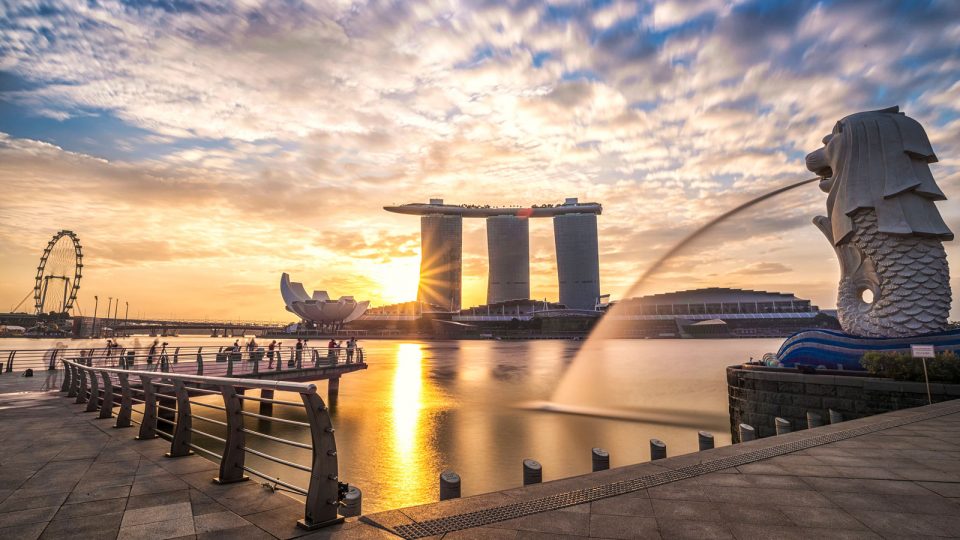If you’ve read the news, you may have choked on your morning tea or coffee while glimpsing recent headlines about water price increases. Did you panic? Was the urge to fill every bucket and container in your home with water so strong, you had to stop yourself from taking action? Maybe you were even tempted to fill up your sink and tub and post a sign on the loo door that reads, “No bathing, please!”
We suggest a deep breath so you don’t hyperventilate. It’s true that household water tariffs are increasing in Singapore for the first time in 17 years, but turning blue and panicking isn’t the proper way to deal with this news.
Relax. Drink some water. Don’t make us come over and throw water in your face to bring you to your senses!
The skinny on Singapore’s water increase
If you want someone to blame for the tariff, you can take it out on the Housing and Development Board, but before you throw a bucket of water over the heads of these folks, understand that the tariff is not just needed but critical if Singapore is to meet the demand for water that is expected to double by 2060. Ordinary people consume a lot of water in our society and athletes depend on it to stay healthy.
Dismiss notions that tariff monies are earmarked for frivolities like piping flavoured water into homes so consumers enjoy strawberry water showers. Funds will pay for pricey desalination and Newater equipment, maintaining the current infrastructure and improving it.
Consumers will see this increase over two instalments: 1st July 2017 and 1st July 2018. About 75-percent of homeowners will pay about S$18 more, but U-Save rebates can lower the cost to S$12 for HDB households. Feeling a little less anxious?
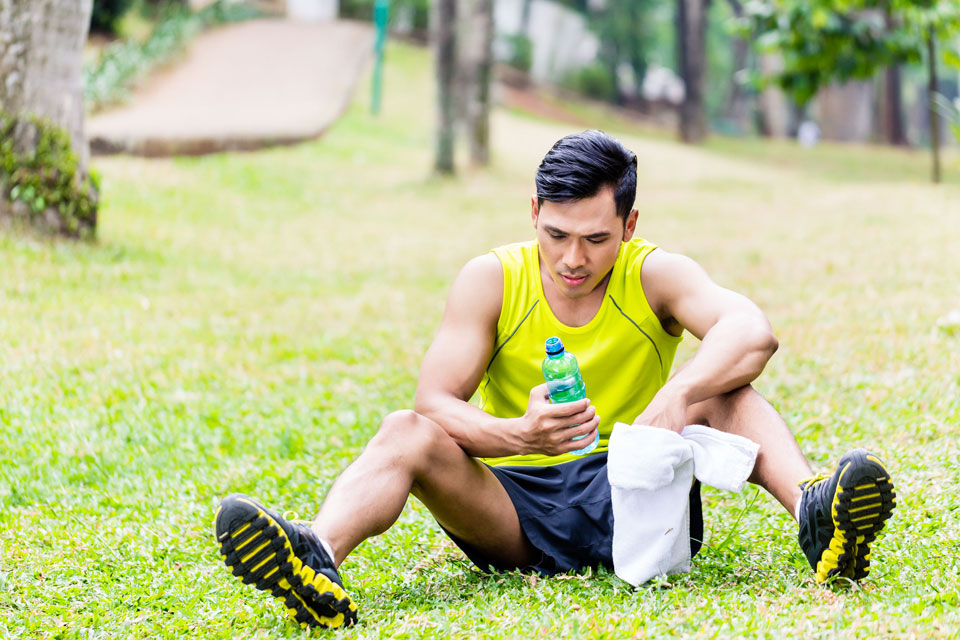
Why athletes depend so heavily on water
Without access to plenty of water, your ability to stay healthy as you pursue your passion for running could be put into jeopardy. Water consumption is so important to athletes, lack of it could lead to debilitating symptoms and even death. But too much water could be problematic as well: telltale symptoms of hyponatremia, the depletion of the body’s sodium stores, could be equally catastrophic.
Water does more than quench thirst; it lubricates joints, keeps body temperature from escalating, carries nutrients to muscles and blood and keeps the brain from shutting down. If you’ve ever tempted fate by continuing to run when your body exhibits distress signs — fatigue, nausea, vomiting, cramps, dizziness, disorientation, a fast heartbeat or cessation of sweating – you know how scary this experience can feel.
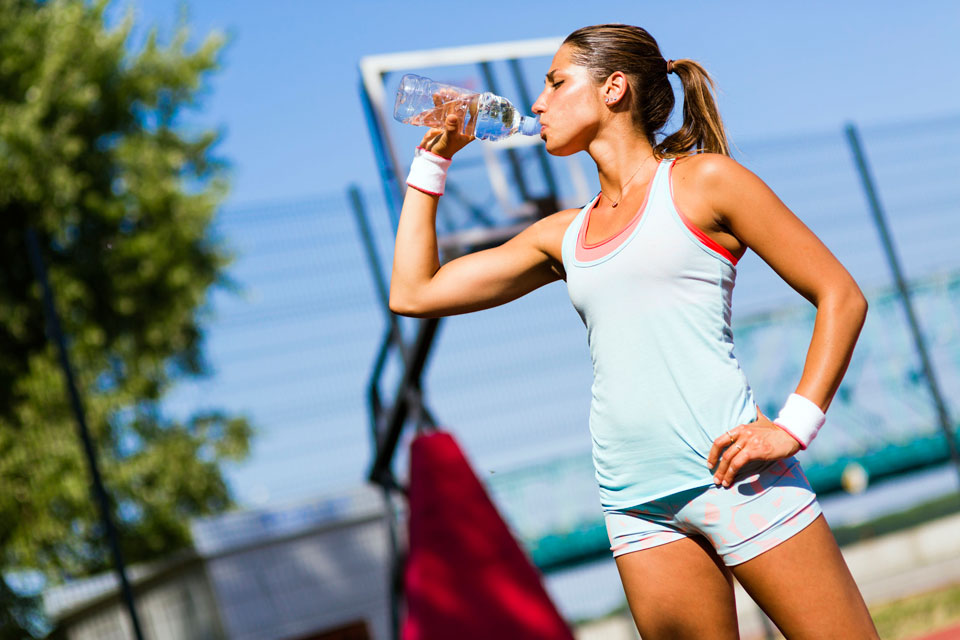
How much water should you drink?
New runners may not realise that they can determine whether or not they’ve drunk enough water simply by checking their urine. If it’s light yellow or colourless, you’re doing a super job of hydrating. Any iteration of amber or dark-yellow urine means you need to race, not walk, to the tap or ‘fridge because you’re getting (or are already) dehydrated.
If you’re shooting in the dark when it comes to guessing how much water you need, heed the recommendations of The American Council on Exercise or another authoritative resource and add external factors for good measure — like heat, humidity, sweat rate or run time — to determine your water intake:
- Two to 3 hours before you exercise, consume 17-to-20 ounces of water.
- 20 to 30 minutes before you exercise drink another 8 ounces of water.
- During your run, drink 7-to-10 ounces every 10-to-20 minutes.
- Consume another 8 ounces afterwards (don’t wait more than 30 minutes) for recovery.
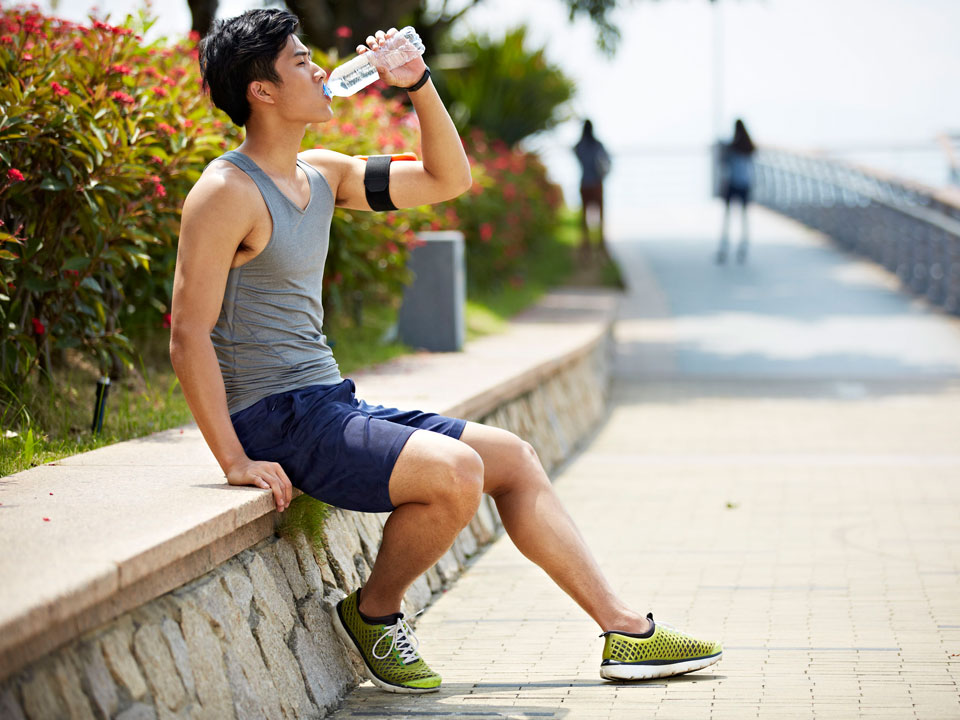
What about alternative hydration sources?
The debate over energy and sports drinks can heat up when runners and health care professionals take sides. Some believe that the electrolytes, calories, potassium and nutrients added to beverages help athletes perform longer and more efficiently.
Others decry the sugar that can be added to sports drink formulations. Further, some manufacturers are adding caffeine to sports beverages. You’re an adult and get to choose, but what if we told you that there’s a reliable alternative to meet your special needs?
The Three Legs Cooling water brand name is quirky and unforgettable, but there’s nothing quirky about the product. The Wen Ken Group has been in the business of holistic headache powders, cough syrups and other remedies from ancient recipes and ingredients since 1937. When the firm debuted Three Legs Cooling Water, a traditional mineral preparation that aids the body’s cool-down processes, fans of the brand celebrated.
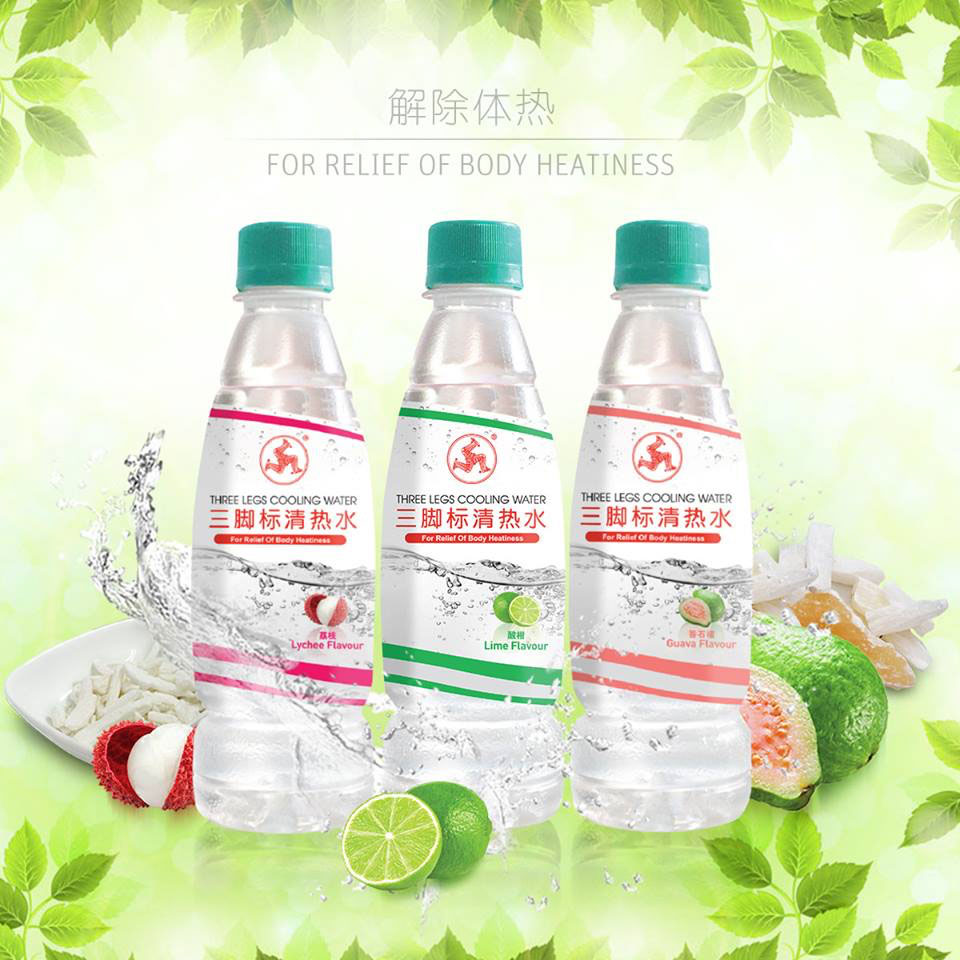
Formulated specifically for people living in hot, humid climates, Three Legs Cooling Water is a sensational way to hydrate, which is why so many other companies have tried to knock off this formulation — and failed — over the past three decades.
If you’re looking for a healthy way to stay hydrated, prevent ulcers and sore throats and enhance your run and health, try the brand’s refreshing new flavours: Lychee, Lime and Guava. Better yet, try all of them! Want more information on these yummy drinks?
Get it at all leading supermarkets (Fair Price, Sheng Siong, Cold Storage etc), convenience stores (7-Eleven and Cheers), SPC and Caltex.
When you heard about Singapore’s coming water tariff to improve and maintain the city-state’s water supply in the years ahead, what was your first reaction?


